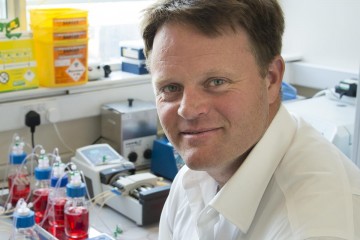Project grant
An in vitro model of the human alveolus to predict the efficacy of systemic antifungal therapy

At a glance
Completed
Award date
January 2008 - June 2010
Grant amount
£210,660
Principal investigator
Professor William Hope
Co-investigator(s)
- Dr Paul Bowyer
- Professor David Denning
- Dr Peter Warn
Institute
University of Manchester
R
- Replacement
